From the October issue of Apollo: preview and subscribe here
The Welsh poet and painter David Jones has long been a neglected figure in the history of British Modernism. Two forthcoming exhibitions celebrate the great variety and vitality of his output
Time is ripe for a David Jones revival. The Anglo-Welsh painter and poet, who lived from 1895–1974, is the subject of two simultaneous exhibitions opening in Sussex this autumn. ‘David Jones: Vision and Memory’ at Pallant House Gallery (24 October–21 February 2016) and ‘The Animals of David Jones’ at the Ditchling Museum (24 October–6 March 2016) represent the largest showing of Jones’s work since a Tate retrospective in 1981, and are accompanied by a major new monograph on his work written by Ariane Bankes and Paul Hills and published by Lund Humphries. The Welsh National Opera meanwhile has commissioned an adaptation of Jones’s long poem of the Great War, In Parenthesis (1937), composed by Iain Bell, which will premiere in Summer 2016.
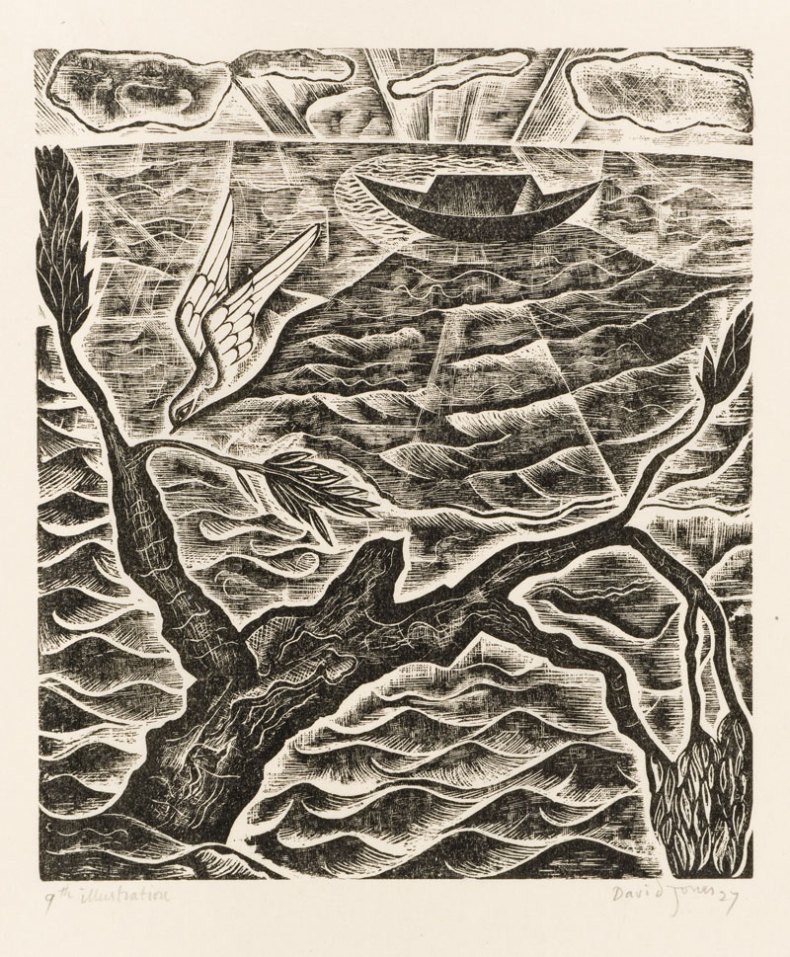
The Dove (1927), David Jones, wood engraving from the series made for The Chester Play of the Deluge. National Museum of Wales, Cardiff © Trustees of the David Jones Estate/Amgueddfa Cymru – National Museum Wales
These ventures should bring overdue attention to an artist whom Kenneth Clark once called ‘absolutely unique – a remarkable genius’. Jones’s uniqueness was well summed up by his friend and mentor Eric Gill in his Last Essays (1942): ‘his work […] is a combination of two enthusiasms, that of the man who is enamoured of the spiritual world and at the same time as much enamoured of the material body in which he must clothe his vision.’ For Gill, Jones was a visionary artist, with a unified concern across all his chosen forms for ‘the universal thing showing through the particular thing’.
For much of Jones’s creative life, however, his vision of ‘universal’ things put him out of step with his modernist contemporaries. Emerging in the era in which the Post-Impressionist doctrine of ‘significant form’, in Clive Bell’s influential phrase, held sway over many critics, Jones’s sense of form was not so much significant as sacramental. Jones himself drew the comparison between his understanding of Post-Impressionist theory and the sacrament of the Eucharist: ‘the insistence that painting must be a thing and not the impression of something has affinity with what the Church said of the mass, that what was oblated under the species of bread and wine at the supper was the same thing as what was bloodily immolated on Calvary.’ And Jones’s intense Christianity was not the only thing that set him apart from his peers. While modernist art was supposed to be free of the illustrative and the literary, Jones’s visual works, like his writings, were often densely literary and allusive.
But though some of Jones’s engravings and paintings share with his writings a superstructure of recondite mythological, religious, and symbolic meaning, they present none of the immediate difficulty that his poetry does. Instead, the extraordinary fluidity and variety of his mark-making shine out freshly from his greatest works on paper, carving out shapes in flat, two-dimensional space which produce compositions of graceful rhythm and mysterious, timeless balance. His genius was for activating the ‘lyricism inherent in the clean, furrowed free, fluent engraved line’, as he put it in his retrospective introduction of 1964 to the copper engravings he made to illustrate Samuel Taylor Coleridge’s Rime of the Ancient Mariner in 1929. And his draughtsmanship was much more various than this emphasis on the ‘engraved line’ might suggest. Just as he confessed that his ‘method’ in writing – a dry, technical word he held apart in inverted commas – was ‘merely to arse around with such words as are available to me until the passage in question takes on something of the shape I think it requires’, so in making a picture, he said, he was simply trying ‘to make the lines, smudges, colours, opacities, translucencies, tightnesses, hardnesses, pencil marks, paint marks, chalk marks, spit-marks, thumb marks, etc., evoke the image one requires as much as poss.’ Several decades after Jones’s death, with his rather overbearing ideas about myth, religion, and the decline of civilisation faded to remoteness, he can now be appreciated afresh as a startlingly original maker of shapes and images.
Jones was a Londoner, born in suburban Brockley in 1895 to a Welsh father, and he developed a ‘passionate conviction that I belonged to my father’s nation […] by the time I was seven’. By then he was also producing his earliest surviving works, highly precocious pencil drawings like Dancing Bear and The Lion (both 1902) which give early indication of his delicacy of line and his sympathetic alertness to the qualities of what he would later call ‘creatureliness’. He began as a student at Camberwell Art School in 1909 at 14 – so young that he was banned from attending life-drawing classes – where an influential teacher spotted his gifts, remarking in one report that ‘Jones leaves out everything except the magic’. But war interrupted his studies. Jones enlisted enthusiastically in the Royal Welch Fusiliers in January 1915 and determinedly remained a private, refusing to move up the ranks. He took a bullet at Mametz Wood during the Battle of the Somme in 1916, and was eventually invalided out of the army in 1918. Although he enjoyed the camaraderie of his Cockney and Welsh fellow-soldiers, and would vividly capture the class registers of their stoical, graceful, obscene wit in In Parenthesis, in other ways his wartime experience marked him for life; the rest of his artistic and literary career would have to be achieved in the shadow of nervous illness, punctuated by two severe breakdowns in 1932 and 1947.
Yet in most phases of his life, Jones kept up a steady and adventurous output of work in several media. After the war there was further study at Westminster School of Art, where Walter Sickert was still an influential presence, before Jones moved to Ditchling in 1921 to join Eric Gill’s ‘religious fraternity for those who make things with their hands’ – the same year in which he was received into the Roman Catholic Church. Gill was a powerful mentor in Jones’s early days, instilling in him the crucial principle that art must ‘proceed from the known’, and encouraging him to take up carpentry (in which he was inept) and wood-engraving (in which he would soon achieve works of great authority and inventiveness). Jones followed Gill to Capel-y-ffin in the Black Mountains near Abergavenny in 1924, and became engaged to his daughter Petra, but in his work he had already moved away from his mentor’s rather narrow medievalism and stress on craftsmanship, to develop his own distinctive idiom as an engraver and watercolourist, and his own exalted vision of the artist’s place in society.
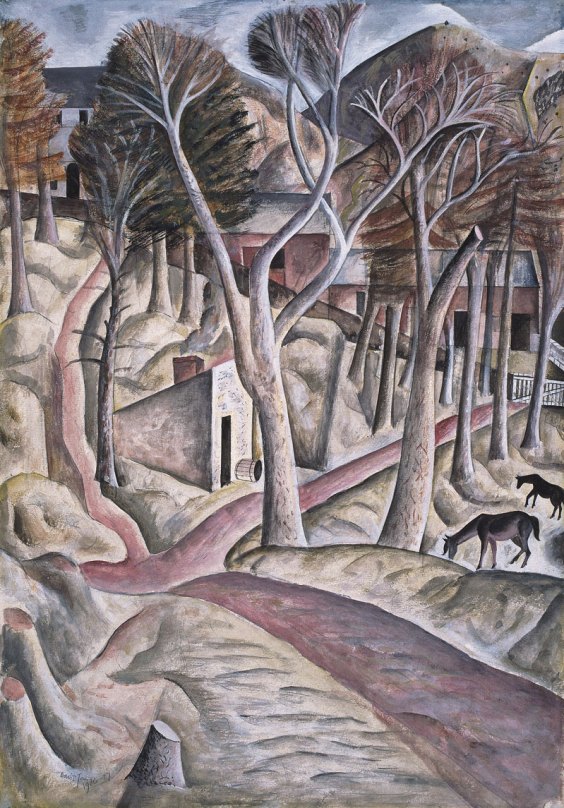
Capel-y-ffin (1926–27), David Jones. National Museum of Wales, Cardiff National Museum of Wales, Cardiff © Trustees of the David Jones Estate/Amgueddfa Cymru – National Museum Wales
Petra broke off the engagement in 1927, and after the Gill circle left Capel in 1928, Jones spent much of the rest of his life in rather precarious conditions, settling in a boarding house in Harrow in 1947 after his second breakdown, where he lived until 1964, and living in a nursing home for the decade before his death in 1974. When Igor Stravinsky visited Jones in the 1950s, according to Stephen Spender, he remarked that it was ‘like visiting a holy man in his cell’. Recounting the same visit, Spender pictures Jones as a figure of saintly innocence, playing ‘a worn record of plain-song Gregorian chant […] with hands clasped across his knees and an expression of bliss on his face’.
This makes Jones sound like an unworldly figure, which in many ways he was. Yet it was through mastery of the most practical, hands-on of arts that he developed his distinctive style, making many of his finest works of the 1920s in the medium of wood engraving and copper engraving. Comparison of the wood engravings he made for Gulliver’s Travels (1925) or The Chester Play of the Deluge (1927) with the copper engravings he made for The Rime of the Ancient Mariner reveals Jones’s subtle responsiveness to the different conditions and demands of each medium. Engraving into wood, the lines cut into hardwood appear white, while the negative space of the image prints in black, so that figures seem to have a bright aura around their outlines; a print such as The Dove (1927), from the Deluge engravings, shows how confidently Jones could ply this testing medium.
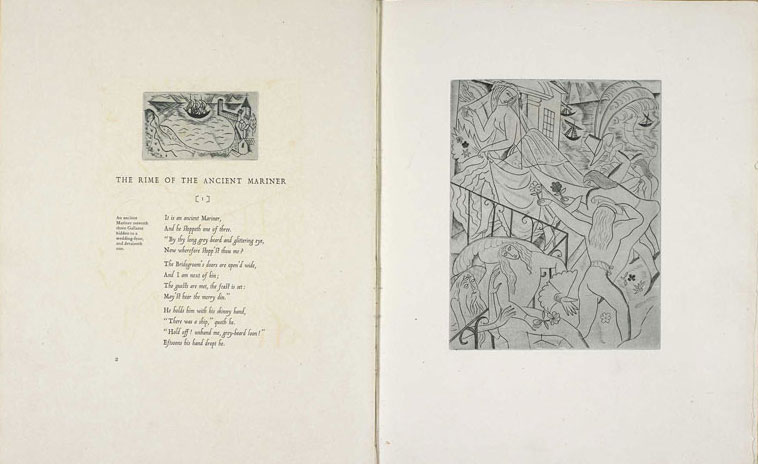
Illustration from the 1929 edition of Samuel Taylor Coleridge’s The Rime of the Ancient Mariner, David Jones. British Library, London. By kind permission of the Trustees of the David Jones Estate
He moved into working on copper, employing a form of intaglio printing where the incised lines print black against white negative space, for his 1929 set of 10 engravings for The Ancient Mariner – an inspired commission by the publisher and broadcaster Douglas Cleverdon, which was reissued in an affordable and scholarly edition by Enitharmon Press in 2005. Jones considered himself to be a ‘novice’ again, working in the new, recalcitrant medium, and therefore decided to work in ‘simple incised lines reinforced here and there and as sparingly as possible by cross-hatched areas’. But soon he came up with an innovation, a way of deepening and unifying the images by casting ‘an undertone over the whole area of the plate’, which was achieved by not wiping the plate totally clean of ink before each printing. This careful, highly nuanced touch gives the engravings their peculiar delicacy of tone. After the late 1920s, Jones’s failing eyesight meant that he was no longer fit for the close work of engraving, either on wood or copper. As his final major work in engraving, The Ancient Mariner is one of Jones’s greatest achievements, fully succeeding in his aim not to illustrate but ‘to get in copper the general fluctuations of the poem’.
He may have had to give it up, but his experience in engraving gave Jones a freedom and confidence to work with a fine, wandering single line which he would carry forward into his paintings. As Paul Hills has written, Jones’s paintings are remarkable for their combination of drawing and painting – in Vasari’s terms, disegno and colore – which had mainly been considered competing imperatives for several hundred years previously, and the 1920s was a decade of intense discovery for Jones as painter in this way. Although he made a small number of oil paintings – notably The Garden Enclosed (1924), which celebrates his engagement to Petra while summoning a sense of great mystery and foreboding in its flattened perspectives – his true gift was for watercolours, and in the work he produced at Capel-y-ffin, his love for the Welsh landscape combined with his technical developments to produce paintings of a new power. The painting entitled Capel-y-ffin (1926–27) is a distinguished example of the work of this period, as the forms of the sloping landscape, winding path and ramifying branches interlock in a rhythm which gives a vivid sense of the spirit of place, founded on what Jones called ‘inward continuity of site’.
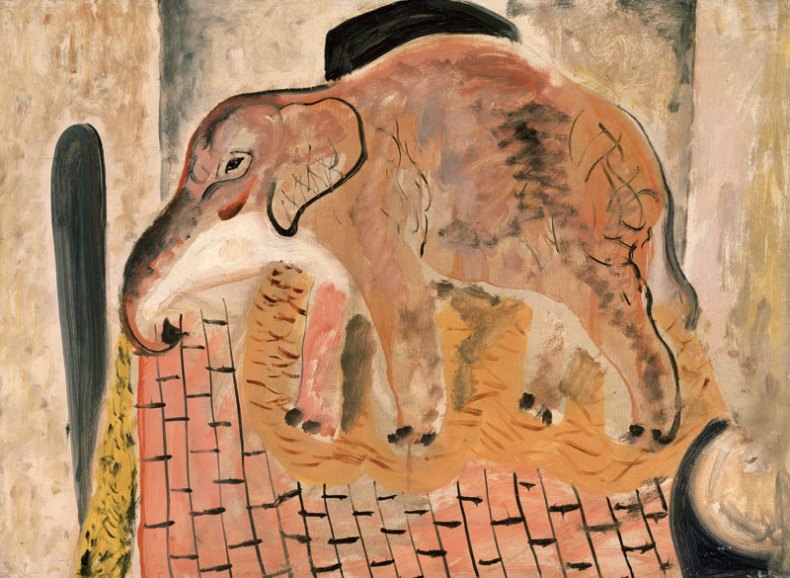
Elephant (1928), David Jones. National Museum of Wales, Cardiff © Trustees of the David Jones Estate/Amgueddfa Cymru – National Museum Wales
The ponies feed into this sense of ‘continuity’. Part of Jones’s deep love for animals was their constancy in relation to history – a pony grazing that same patch of grass in the time of Roman Britain would look no different from the pony grazing in 1926 – and in 1935 Jones would name his ‘affection for the intimate creatureliness of things’ as a central part of his philosophy as an artist. This affection entailed ‘a care for, and appreciation of the particular genius of places, men, trees, animals, and yet withal a pervading sense of metamorphosis and mutability’. Attending to creaturely modes of being was a way of learning about the being of humans and landforms. Many of Jones’s loveliest works capture the peculiar stoical watchfulness of different creatures, from his earliest childhood efforts onwards — and not just creatures native to this island, but animals such as the delightful Elephant (1928) which will be a highlight in the exhibition at Ditchling, based on Jones’s many visits to London Zoo. His relation to creatureliness was at the heart of Jones’s artistic impulse, as he said of his first childhood efforts in drawing: ‘to attempt to convey on paper this or that object seemed to me as natural a desire as, say, stroking the cat.’
From the 1930s, Jones’s paintings became more complicated – often larger, more layered with detail, more slowly painted and worked over, and more deeply invested with literary symbolism. For many, this represented a falling away from the freshness of his earlier work. But in the most distinguished of his more complex paintings, symbolism and draughtsmanship work in harmony. In Petra im Rosenhag (1931), for instance – one of many paintings which take Jones’s former fiancée as an archetype for feminine beauty – Jones achieves a work of remarkable harmony, with thousands of small, quick strokes and dozens of colours at work to create an all-over image of great vibrancy, even while Petra’s expression and fingering of her skirt-hem give a brooding suggestiveness to the painting. In his poetic sequence The Daybooks (2012), Geoffrey Hill takes Petra im Rosenhag as the greatest instance of Jones’s ‘wayward art dense with transparencies’ – a description which could equally well fit much of Jones’s work in other media.
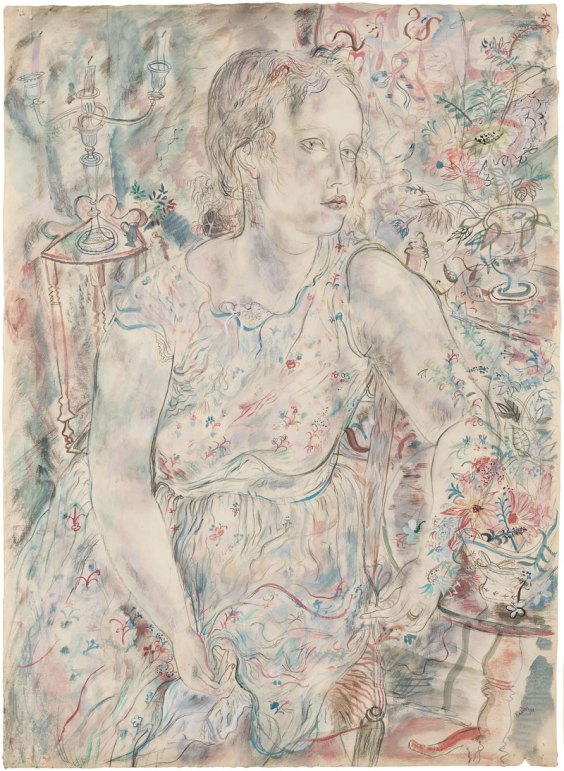
Petra im Rosenhag (1931), David Jones. National Museum of Wales, Cardiff © Trustees of the David Jones Estate/Amgueddfa Cymru – National Museum Wales
Having made drawings, engravings, watercolours, oil paintings and poems, Jones found another medium in the last three decades of his life: the inscription. These were made as ‘gratuitous’ works, not intended for selling, and mainly done as gifts for friends. The inscription, Jones said, was ‘my form of abstraction’, and it is in these works that word and image are united with the greatest purity of intent and execution. Jones’s fellow Celtic modernist poet, Basil Bunting, gave an anecdotal account of witnessing Jones’s way as a maker of inscriptions first-hand in 1969:
A year or two ago I had tea with David Jones while he was engaged on a piece of lettering in the Roman manner. He’d got the letter T at the beginning of one line. As we talked, he suddenly fell silent. A look of abstraction came into his face. And he set down his teacup and his piece of cake, fiddled about till he got a pencil, and stood up to his easel, and slowly, slowly, very carefully, drew in the letter H. Then he sat down again; with a sigh, he said, ‘I’ll have the E by Friday!’
Bunting was notorious for his tall tales, but even if the anecdote may not be historically accurate, it is nonetheless a true myth for its insight into the care for detail which only increased as Jones grew older. For Bunting, the story illustrates the intensity of Jones’s belief in the luminous presence of signs: ‘He maintains that the whole quality of a civilization, or a culture, can be shown in a very short inscription, or derived even from a single letter.’
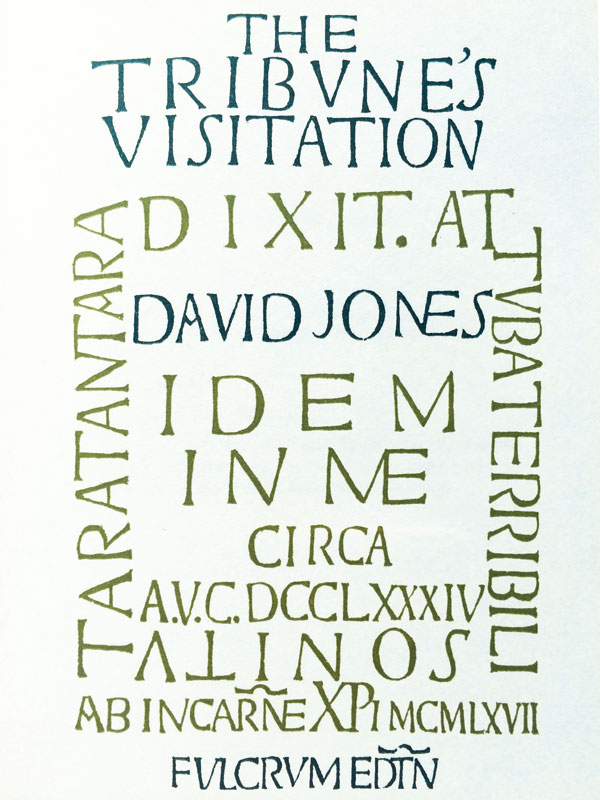
Inscription by David Jones for the title-page of his poem The Tribune’s Visitation, published by Fulcrum Press in 1969. By kind permission of the Trustees of the David Jones Estate
The inscription Bunting witnessed in progress in 1967 – T, H… – is one of the last works Jones ever completed, for the title-page of his poem The Tribune’s Visitation when it was published in book form by Fulcrum Press. Among many densities of meaning, two dates, written in two different formats, stand out: ‘CIRCA A.V.C. DCCLXXXIV’ is year 784 after the founding of the city of Rome – which we know as 31 AD – while ‘AB INCARNE XPI MCMLXVII’ is year 1967 after the Incarnation. So while the action of the poem is set in time ab urbe condita, the time-scheme of Rome, the writing of it happens in Christian time, the time of Jerusalem. In its attempt to find continuities across different historical eras, it is a fitting late work for an artist committed to ‘the universal thing showing through the particular thing’ – and an artist whose importance is ready to be revalued from our contemporary perspective.
David Jones: Vision and Memory’ is at Pallant House Gallery from 24 October–21 February 2016; ‘The Animals of David Jones’ is at Ditchling Museum of Art + Craft from 24 October–6 March 2016.
Click here to buy the latest issue of Apollo
Unlimited access from just $16 every 3 months
Subscribe to get unlimited and exclusive access to the top art stories, interviews and exhibition reviews.

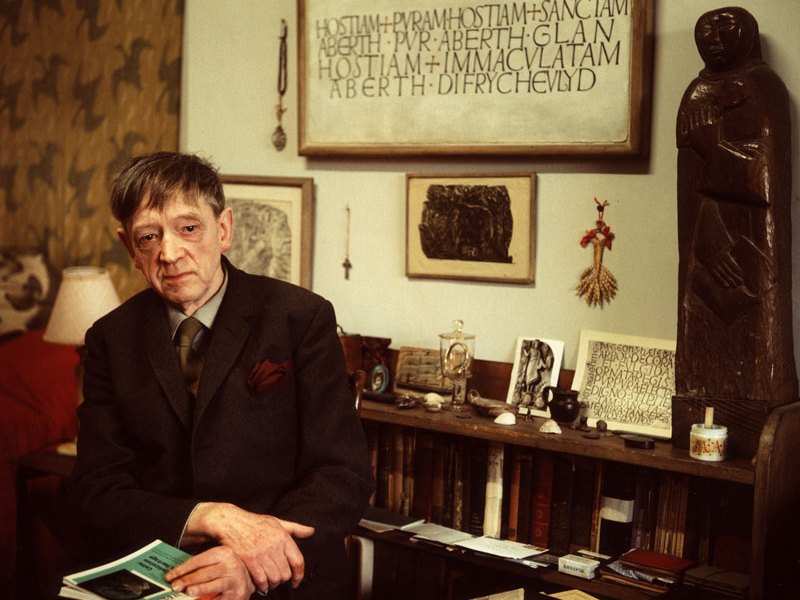
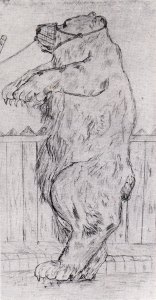
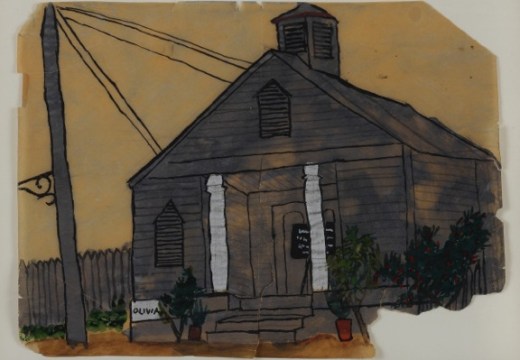
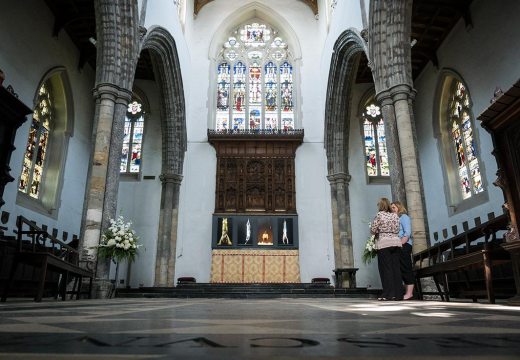
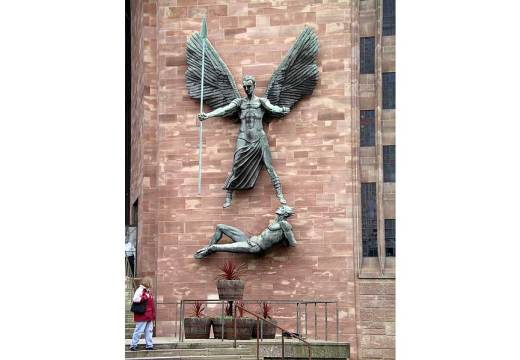









![Masterpiece [Re]discovery 2022. Photo: Ben Fisher Photography, courtesy of Masterpiece London](http://www.apollo-magazine.com/wp-content/uploads/2022/07/MPL2022_4263.jpg)
It’s time for the government of London to return to its rightful home